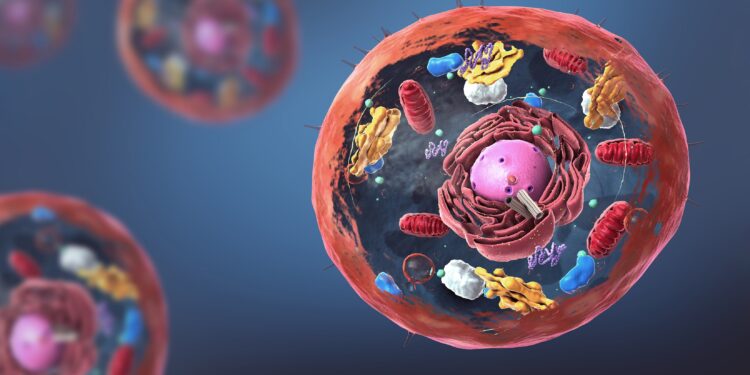Cancer research: fatty acid destroys cancer cells Naturopathy naturopathy specialist portal

As a fatty acid the death of cancer cells causes
A fatty acid called Dihomogamma-linolenic acid (DGLA) is capable of human cancer cells to kill. An American research team showed that DGLA initiates the so-called Ferroptosis in cancer cells. Ferroptosis is an iron-dependent type of cell death, which was only discovered a few years ago.

Researchers from Washington State University found that the fatty acid Dihomogamma-linolenic acid (DGLA) can cancer kill cells by initiating a Ferroptosis designated process that destroys the membranes of the tumor cells. This could open a completely new way of fighting cancer. The results of the research were recently presented in the journal “Developmental Cell”.
What Ferroptosis is?
Ferroptosis is an iron-dependent type of cell death, has been discovered in the last few years and has become a new focal point of cancer research. This iron-dependent process, reactive oxygen species accumulate in the blocks of the cell membranes (membrane lipids). By the enrichment of oxygen species in the presence of iron, the lipids oxidize, eventually, whereby the membrane is destroyed and the cell dies.
DGLA leads to the Ferroptosis
The research team at the Washington State University represents a fatty acid, which uses this process to kill cancer cells. “If you could bring in DGLA in a cancer cell, it could promote the Ferroptosis, and to the death of tumor cells,” reports the corresponding Studienauorin Professor Jennifer Watts. In addition, the decryption of this process could also help in kidney diseases and Neurodegeneration, where Ferroptosis is to be prevented.
What DGLA is?
DGLA is a polyunsaturated fatty acid found only in very small quantities in the human body. Also in the human diet, it is very rare. In contrast to other fatty acids DGLA is researched so far, only a little.
There is soon an Anti-cancer diet?
In experiments on the nematode Caenorhabditis elegans, also known as nematodes, the Team showed that DGLA tumor cells and stem cells that produce tumor cells, kills. The researchers enriched the diet of worms with the fatty acid, whereupon the Tumor-germ were dying cells in the worms.
“Many of the mechanisms that we saw in the nematode, consistent with the characteristics of the Ferroptosis, including the repair, presence of redox-active iron and the inability to oxidized lipids,” added study first author Marcos Perez.
In human cells checked
To see if the results are to human cells, transferable, consulted with the researchers, a Team from the Stanford University, which has already been reviewed for many years, Ferroptosis as an Option to combat cancer. Thus, the scientists were able to show scientists that DGLA could also induce Ferroptosis in human cancer cells.
In addition, they also found a fats from the class of ether lipids appear to prevent Ferroptosis and protect the cell from this type of death. When the researchers this fat ends inhibited, died in the cells by DGLA faster.
Great potential to combat cancer
The American National Institutes of Health showed great interest in the research results and added $ 1.4 million to the research budget, the studies in this field. DGLA and the Ferroptosis have great potential to develop novel cancer treatments. Previously, but still need to understand the underlying process better. (vb)